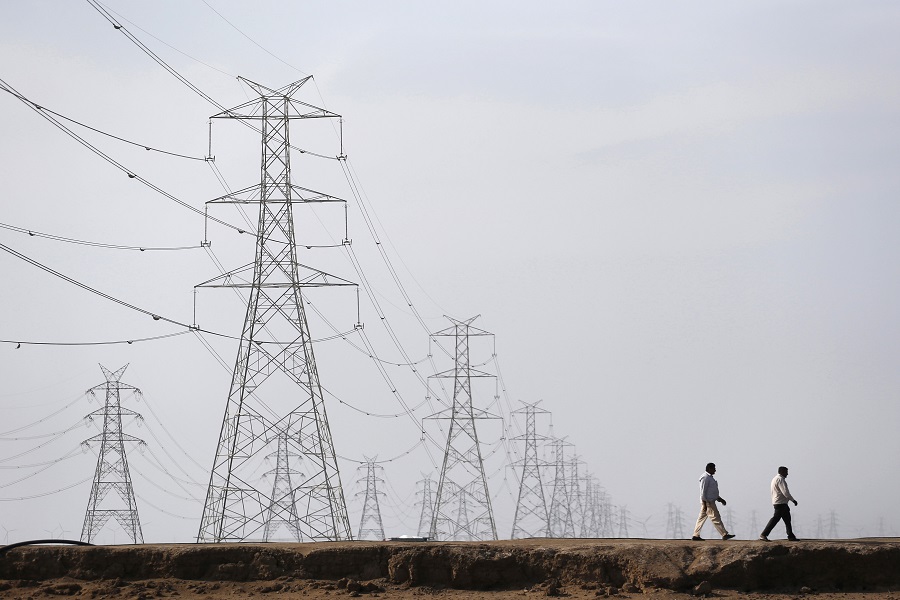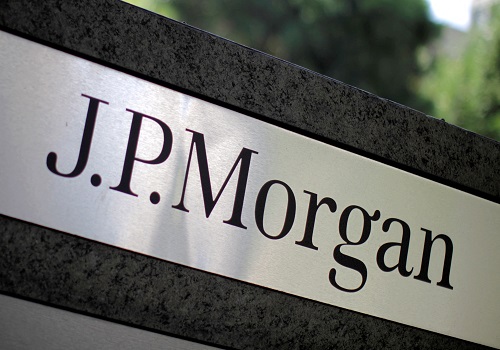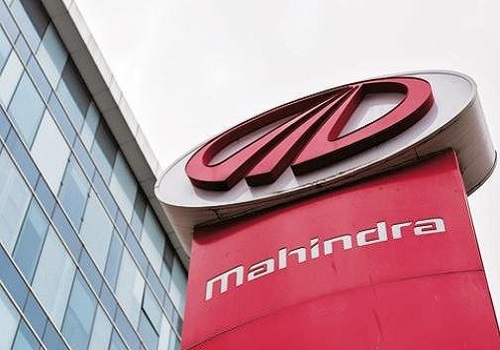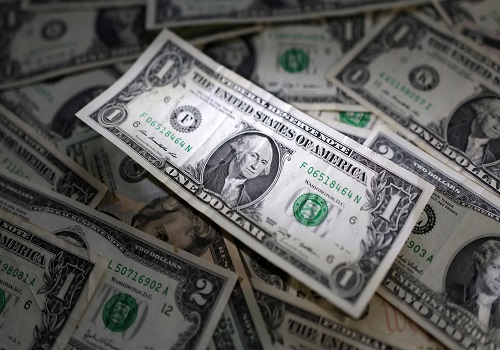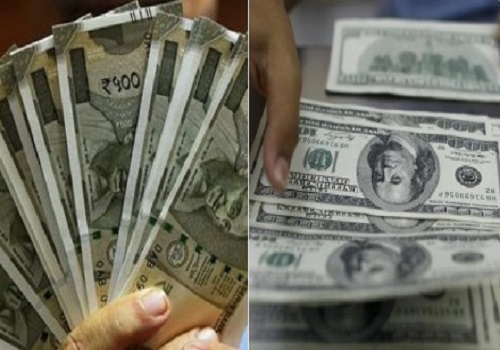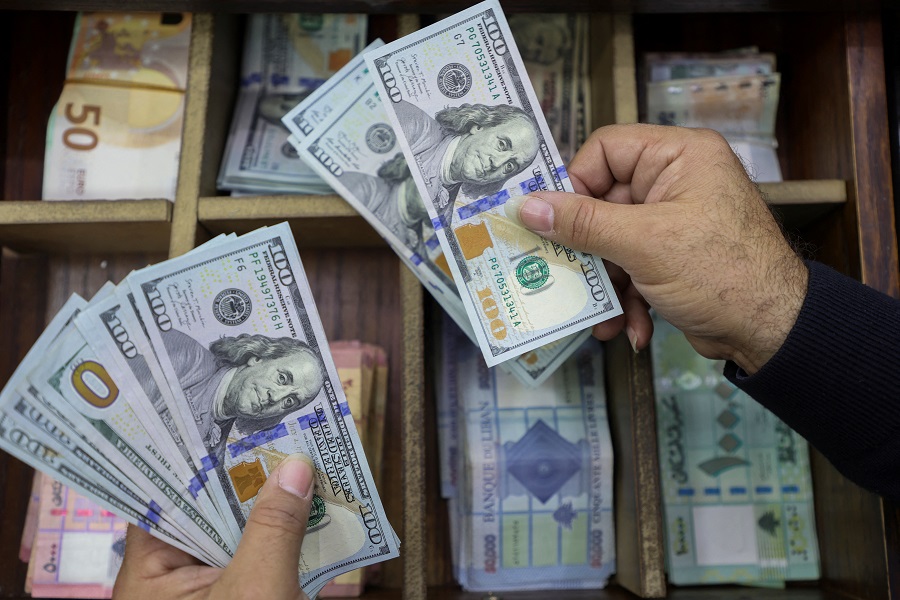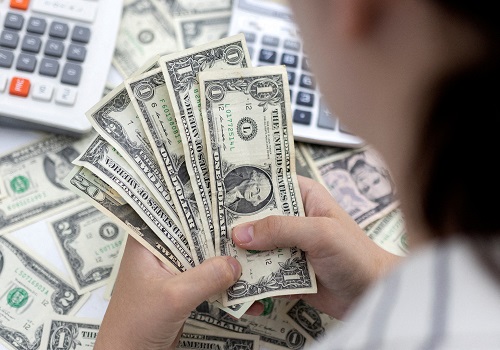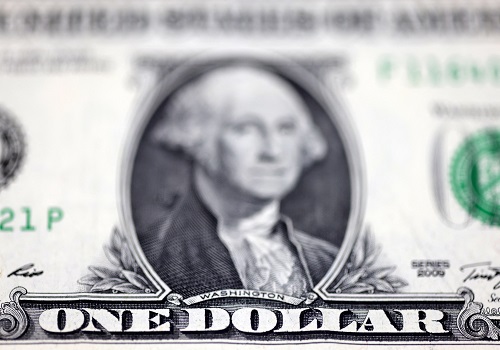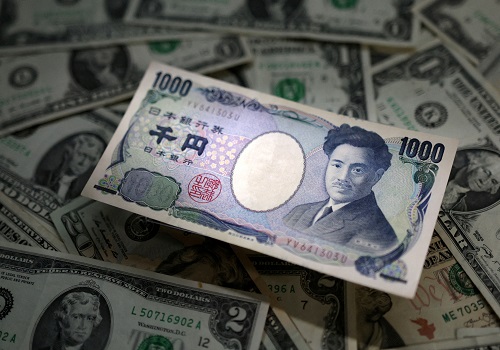US dollar rises to two-week peak on doubts about number of rate cuts in 2024
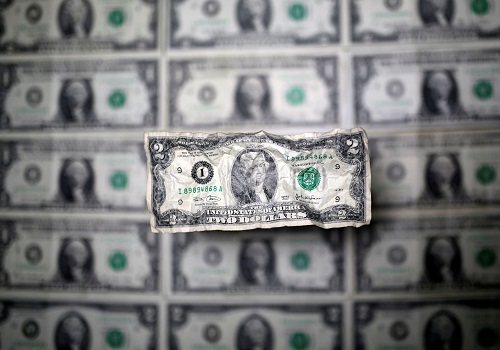
The U.S. dollar rose to a two-week high on Wednesday as investors continued to take profits on short dollar positioning amassed toward the end of last year, even as they questioned market expectations of roughly six interest rate cuts in 2024.
For December, the dollar fell about 2%.
Trading was relatively subdued, with Japanese markets shut for a holiday and markets digested softer-than-expected U.S. economic data released earlier on Wednesday.
Bitcoin, meanwhile, sank roughly 5% on Wednesday after climbing to more than $45,000 on Tuesday, its highest since April 2022. Still, optimism about bitcoin remained high amid a possible approval this week of a spot exchange traded fund for the world's largest cryptocurrency.
The dollar, on the other hand, earlier moved in tandem with Treasury yields, with those on the 10-year hitting 4% for the first time in two weeks. But the 10-year yield has since declined to 3.90%, down 4.1 basis points (bps). Yet the dollar index held gains and was last up 0.2% at 102.45, after earlier touching a two-week peak of 102.61.
Minutes of the Dec. 12-13 Federal Reserve meeting released on Wednesday showed officials were convinced inflation was coming under control and were concerned about the damage that "overly restrictive" monetary policy might do to the economy.
However, participants "stressed ... that it would be appropriate for policy to remain at a restrictive stance for some time until inflation was clearly moving down sustainably toward the Committee's objective."
"The biggest driver of U.S. dollar strength through this very young year is a general repricing of expectations for the Fed in 2024," said Helen Given, FX trader at Monex USA in Washington.
"Traders were overzealous in their expectations of as many as six 25 basis point cuts from the Fed in 2024, and through the last few days have been paring down some of those positions."
Fed funds futures have priced about 166 bps of cuts this year, or about six rate reductions of 25 bps, according to LSEG's IRPP app.
The dollar earlier came off its highs after data showed the U.S. manufacturing sector contracted further in December although the pace of decline has slowed.
The Institute for Supply Management (ISM) said on Wednesday its manufacturing PMI increased to 47.4 last month after being unchanged at 46.7 for two straight months. It was the 14th consecutive month that the PMI has stayed below 50, which indicates contraction in manufacturing. That is the longest such stretch since the period from August 2000 to January 2002.
At the same time, U.S. job openings fell for the third straight month in November. Job openings, a measure of labor demand, dropped 62,000 to 8.790 million on the last day of November, the Labor Department said in its monthly Job Openings and Labor Turnover Survey, or JOLTS, report.
In other currencies, the euro was last down 0.2% against the dollar at $1.0924. It earlier fell to $1.0893, its lowest since mid-December, and dropped 0.95% on Tuesday in its biggest daily decline since July.
A drop in inflation and a dovish tilt in the Fed's December policy meeting fueled bets for multiple U.S. rate cuts in 2024, undermining the greenback and sparking a rally in Treasuries and stocks in November and December. The dollar index hit a five-month low of 100.61 last week.
Those trends failed to carry over into the New Year, with the S&P 500 and Nasdaq Composite closing lower on their first trading session of 2024, dragged down by big tech names [.N].
The greenback was last up 0.9% against Japan's yen at 143.31, on track for its largest daily gain since late October. Earlier in the session, the greenback hit a two-week high of 143.73.
"We don't see the Fed cutting interest rates any time soon, as we've said since December's FOMC (Federal Open Market Committee) presser, and the minutes today seemed to confirm that," Monex's Given said.
Sterling was last up 0.4% at $1.2666. It slid 0.87% in the previous session, its sharpest daily fall in nearly three months.
Analysts said the risk-off mood was also in part driven by concerns over escalating geopolitical tensions, after Hamas deputy leader Saleh al-Arouri was killed in a drone strike in Lebanon's capital Beirut on Tuesday. Lebanese and Palestinian security sources blamed his death on Israel, which has neither confirmed nor denied responsibility.
